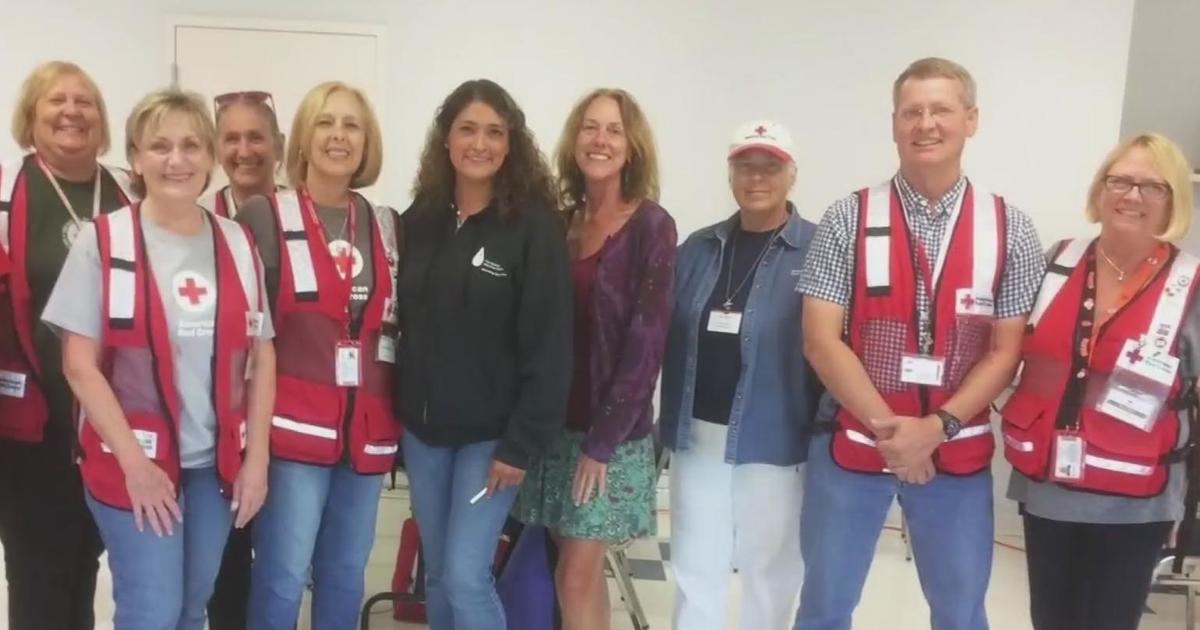Disaster-Proof Your Home
Weird weather aside, natural disasters such as floods, fires, hurricanes, earthquakes and tornadoes are inherent in certain geographic regions. Even if you live in a location relatively free of nature's calamities, FEMA recommends preparing yourself and safeguarding your home and well-being by making a plan and sharing it with all of the members of your household. While no plan is completely fool-proof, there are several strategies you can employ to disaster-proof your home.
Know your enemy – Different hazard types require different preparation strategies. While almost anything can happen almost anywhere, arming yourself with knowledge about the types of disasters your area is prone to and making a safety plan addressing them is a good first step. Local government emergency management offices can help with the specifics, as well as inform you about local alerts and the warning system you should subscribe to.
Your number one concern, of course, is the personal safety of yourself and your loved ones. Your home and property, however, may also benefit from common sense safeguards you put in place, independent of your decision to stay put or evacuate when disaster strikes. Once you know your enemy, you're ahead of the game towards keeping your home safe and secure.
Thwart your enemy –
- Fires and explosions often occur after many types of natural disasters strike because of gas leaks, but these can be avoided simply by knowing how to shut off your home's natural gas supply. Shut-off procedures differ, so make sure to confer with your gas company on the preparation and response plan they suggest. Also make sure you have the right type of wrench or other tools on hand to do the job. As always, if you smell gas, open up the windows, evacuate everyone immediately and turn off the outside main valve.
- In order to avoid pollution of your home's water supply from cracked water lines after a natural disaster, locate the shut-off valve and turn it off completely. Check it periodically for rust in order to make sure it can be turned off easily. Don't open the valve up again until you get an all-clear from the local authorities.
- Avoid the potential for electrical fires by locating your electrical circuit box and shutting off each individual circuit, prior to shutting down the main circuit. This will help to avoid electrical sparks that can ignite fire. If you have need for life-saving equipment which requires electricity, create a back-up plan, such as purchasing an easily-transportable generator.
- Of course you know you must have fire and carbon dioxide detectors situated throughout your home, but this will not be enough to protect you from fast-moving forest fire. If you live in an area prone to wildfire, your home's ability to withstand the onslaught will be determined largely by its defensible space, as well as its structural ignitability. To create a sustainable defensible space, it makes sense to consult with your local fire department or forest ranger station to determine what steps are needed, based upon the size and shape of your home, the surrounding area and the slope of the ground on which you live. In order to reduce your structure's ignitability, opt for fire-resistant construction materials and avoid the use of highly-flammable wood or shake shingles.
- If you live in a hurricane-prone area, protecting windows and glass doors is paramount to your home's protection. Consider installing hurricane shutters, or prepare plywood of at least 1/2 inch in thickness that is cut to fit each window and door exactly. Protecting your windows is key to maintaining both the integrity of your house's internal structure and also your roof, as broken windows might allow enough upward pressure into your home to rip it off. You can also purchase impact-resistant glass for this purpose.
- Hurricanes, tornadoes and other high-wind and rain conditions typically result in fallen trees and branches which can crash into your home or car. Periodically have your grounds checked to determine if your trees are dead or weakening and have those removed. Tree branches should also be pruned annually and your grounds checked for items that can fly around in high winds and do damage. Also consider replacing gravel or rocks with cedar or other types of shredded bark material for landscaping.
- Much of the United States is categorized as being in earthquake-zone areas. Maintaining readiness is key to protecting your home and the valuables you cherish. Secure appliances such as the stove, fridge and water heater, as well as heavy furniture, to the wall and don't forget to install latches on cupboards, medicine chests, file cabinets and furniture drawers to keep things from flying out. Paintings, mirrors and photographs can also be locked onto walls by using closed screw-eyes and wire when hanging. Protect your house's structure by installing steel plates or anchor bolts between the basement or first floor and the foundation. Fortify your home's cripple wall with heavy-duty sheathing and don't forget to brace any un-reinforced chimneys or concrete walls you may have.
- States located within notorious "Tornado Alley" are not the only ones that can be struck by these unpredictable and dangerous occurrences. The best way to protect your home is to ensure it has been built to meet, or better yet exceed, The Standard Building Code for high-wind locales, although no structure can withstand a smack-on hit from a severe tornado. As with hurricanes, securing the windows and glass doors are paramount and installing impact-resistant glass is recommended. Make sure all doors have at least three hinges and a solid dead-bolt security lock. Don't forget about garage doors, which are particularly vulnerable due to their size. When in doubt, bring in an inspector to appraise your current system and make suggestions about fortification. No matter what plans you put in place, determine a shelter location for you and your family, either underground or at a different location.
- Pay special attention to your roof if you are concerned about tornadoes or hurricanes. Your roof covering and its sheathing should be high-wind resistant and damaged sheathing should be replaced as needed. Make sure that trusses and rafters are securely fastened to the wall and seal sheathing joints with rubberized asphalt tape. Also make sure to brace any gable roof's end walls and connection points.
- Flooding can result from a variety of weather conditions and affect any home not situated on a high elevation point. Make sure you know your home's flood level, which is the official measure of what flood waters are able to rise up to in your geographic location. Then make sure that circuit breakers, switches, sockets and wiring are above that point by at least one foot. Make sure to also situate fuel tanks, furnaces and water heaters above that point as well as air conditioning units or generators. What can be anchored down should be, such as fuel tanks which could contaminate the surrounding area if broken free. Also protect your sewer system from backing up by installing a back-flow valve.
Corey Whelan is a freelance writer in New York. Her work can be found at Examiner.com.



